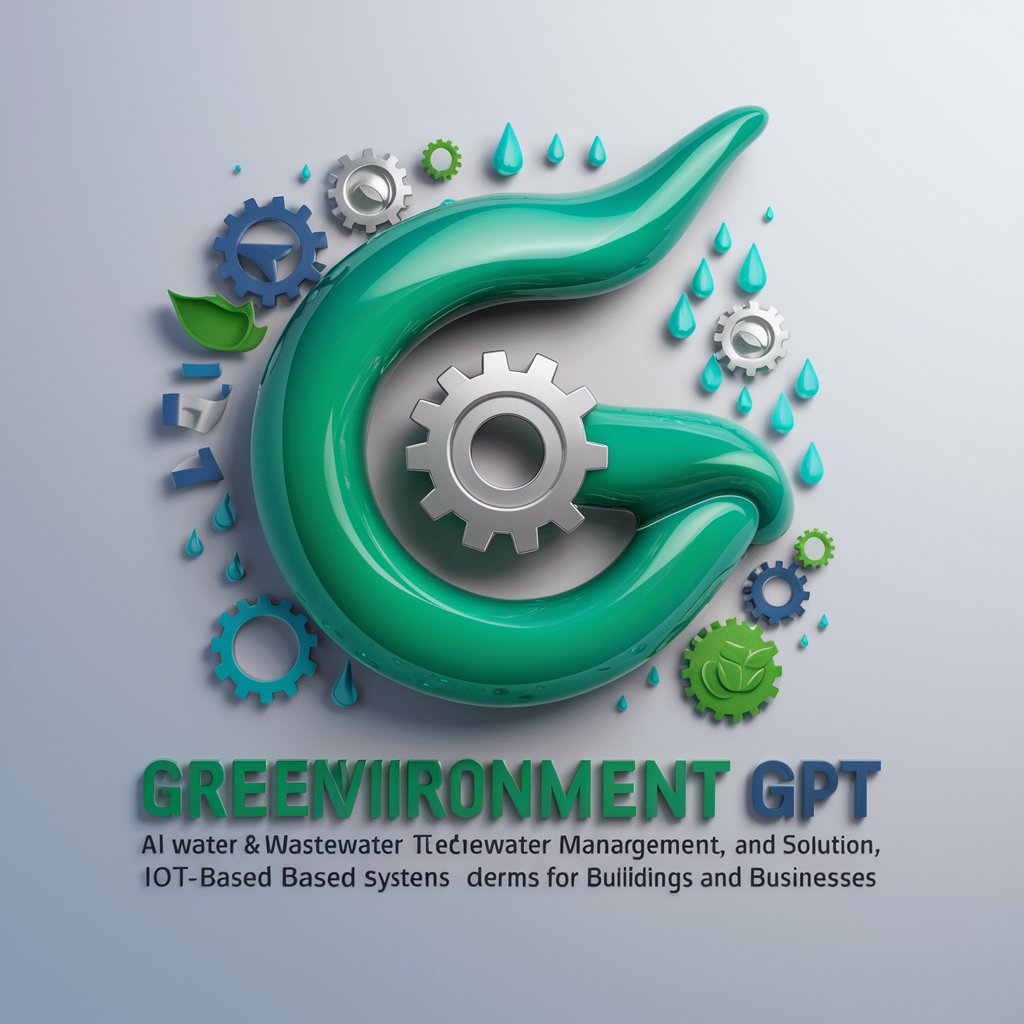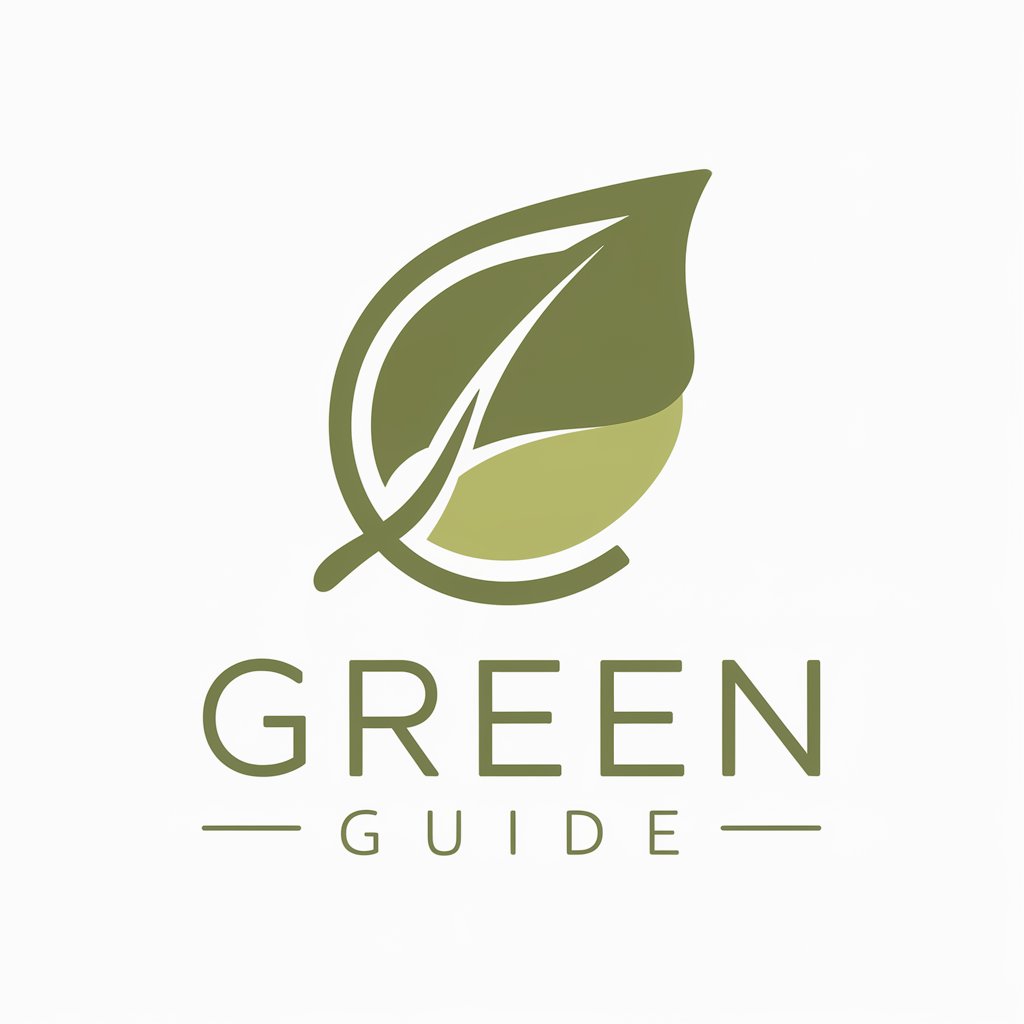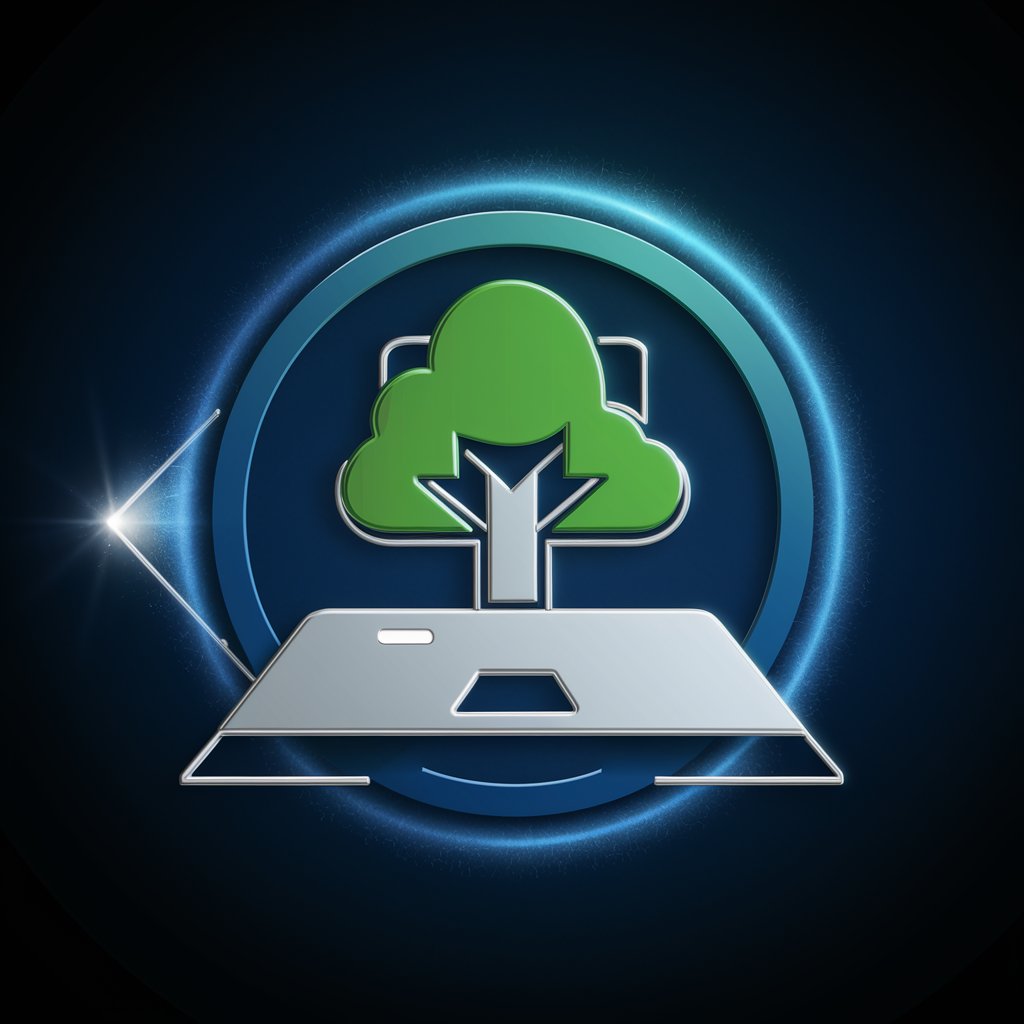
GreenComp - Sustainability Education Framework

Empowering Sustainable Decisions with AI
Let's start.
Get Embed Code
Overview of GreenComp
GreenComp is a reference framework designed to define and elaborate on competencies essential for sustainable development and education for sustainability. It organizes these competencies into four main areas: Embodying Sustainability Values, Embracing Complexity in Sustainability, Envisioning Sustainable Futures, and Acting for Sustainability. Each area is further divided into specific competencies that aim to equip learners with the skills and mindsets necessary to address various sustainability challenges effectively. For example, the competency of 'Systems Thinking' under the area of Embracing Complexity involves learners in understanding interdependencies within ecosystems, an essential skill for devising strategies that mitigate environmental impact in urban planning. Powered by ChatGPT-4o。

Main Functions and Use Cases of GreenComp
Systems Thinking
Example
A city planner uses systems thinking to design green spaces that enhance urban biodiversity while also managing stormwater, thereby contributing to sustainability goals.
Scenario
In an urban development project, incorporating systems thinking allows planners to integrate ecological, social, and economic factors, leading to sustainable urban designs that benefit both the environment and the community.
Futures Literacy
Example
Educators incorporate futures literacy into curriculum to help students imagine sustainable development scenarios and the steps required to realize them.
Scenario
In an educational setting, futures literacy can help students design projects that envision a zero-waste community by 2050, encouraging them to think critically about the changes needed in lifestyles and policies to achieve such futures.
Political Agency
Example
Activists leverage their understanding of political agency to campaign for stronger environmental protection laws.
Scenario
By understanding the levers of political influence, activists can effectively advocate for policies that ensure the sustainable management of natural resources, engaging with policymakers and the public to foster support for necessary legal reforms.
Ideal Users of GreenComp
Educators
Educators in schools, universities, and lifelong learning programs can use GreenComp to structure curricula that embed sustainability into all subjects, thereby fostering a holistic understanding of sustainability issues among students.
Policy Makers
Policy makers can utilize GreenComp to design and implement policies that encourage sustainable practices across different sectors, ensuring that sustainability considerations are integrated into public policy and administrative actions.
Environmental Activists
Activists can employ GreenComp competencies to enhance their campaigns, strategize their actions and communicate more effectively with the public and policymakers about pressing sustainability issues.

How to Use GreenComp
Get Started for Free
Visit yeschat.ai to explore GreenComp with a free trial, accessible without login or the need for ChatGPT Plus.
Understand the Framework
Familiarize yourself with the four main areas of GreenComp: Embodying Sustainability Values, Embracing Complexity in Sustainability, Envisioning Sustainable Futures, and Acting for Sustainability. Each contains specific competences crucial for sustainability education.
Apply to Curricula
Integrate GreenComp into existing curricula by identifying which sustainability competences align with educational goals. This framework can enhance teaching methods across various subjects to foster critical and systemic thinking.
Engage in Activities
Utilize the framework to design activities that promote practical sustainability skills. For example, create projects that involve critical thinking, problem solving, and engaging with local communities on sustainability initiatives.
Evaluate and Adapt
Regularly assess the effectiveness of the GreenComp competences in your educational practices and adjust your approach based on feedback and evolving sustainability challenges.
Try other advanced and practical GPTs
Preparedness Assessment for Remote Work
Empowering remote work through AI-driven insights
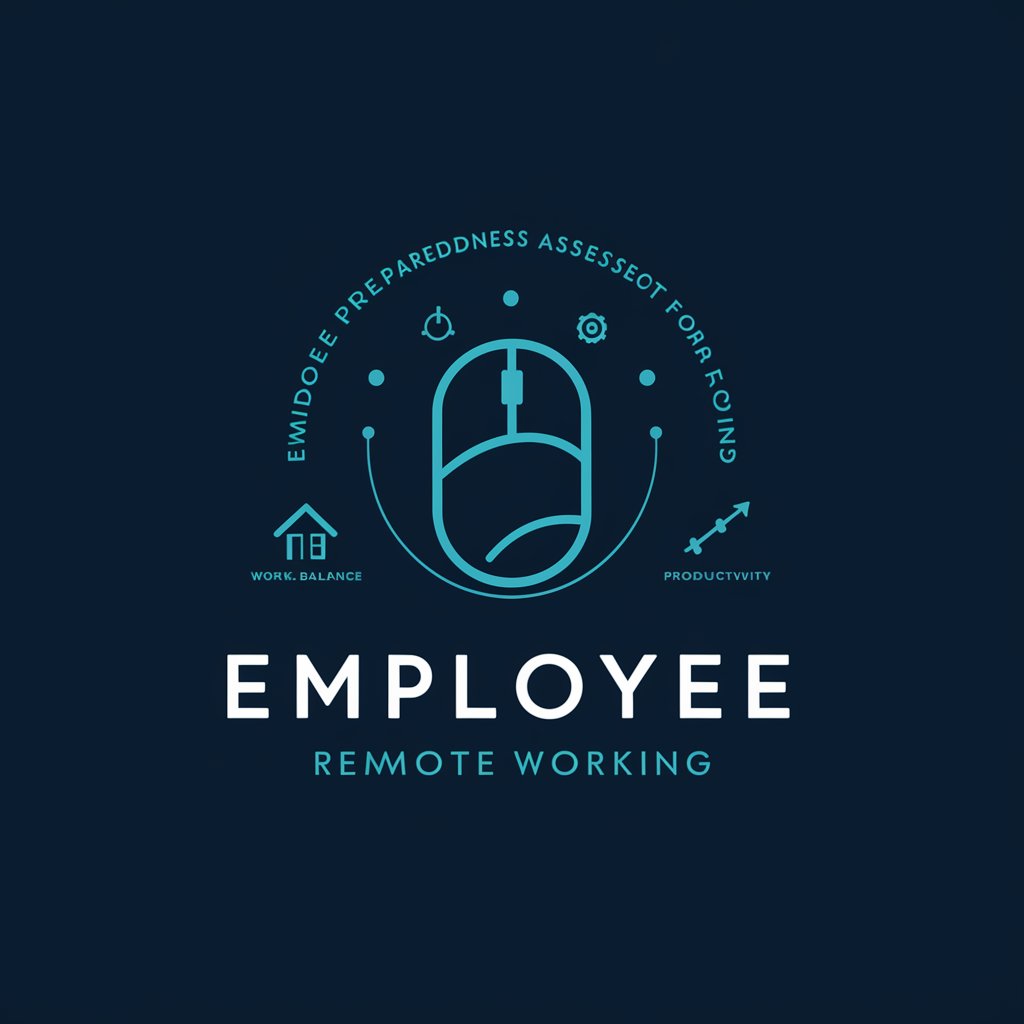
Fitness Buddy
AI-Powered Personal Trainer at Your Fingertips

Fitness Companion
Your AI-Powered Fitness Partner

Fitness Coach
Power Your Fitness Journey with AI

ソフトウェア開発勉強会予習ボット
Revolutionize Learning with AI

未経験がソフトエンジニアになるサポート
Turn your curiosity into a tech career.
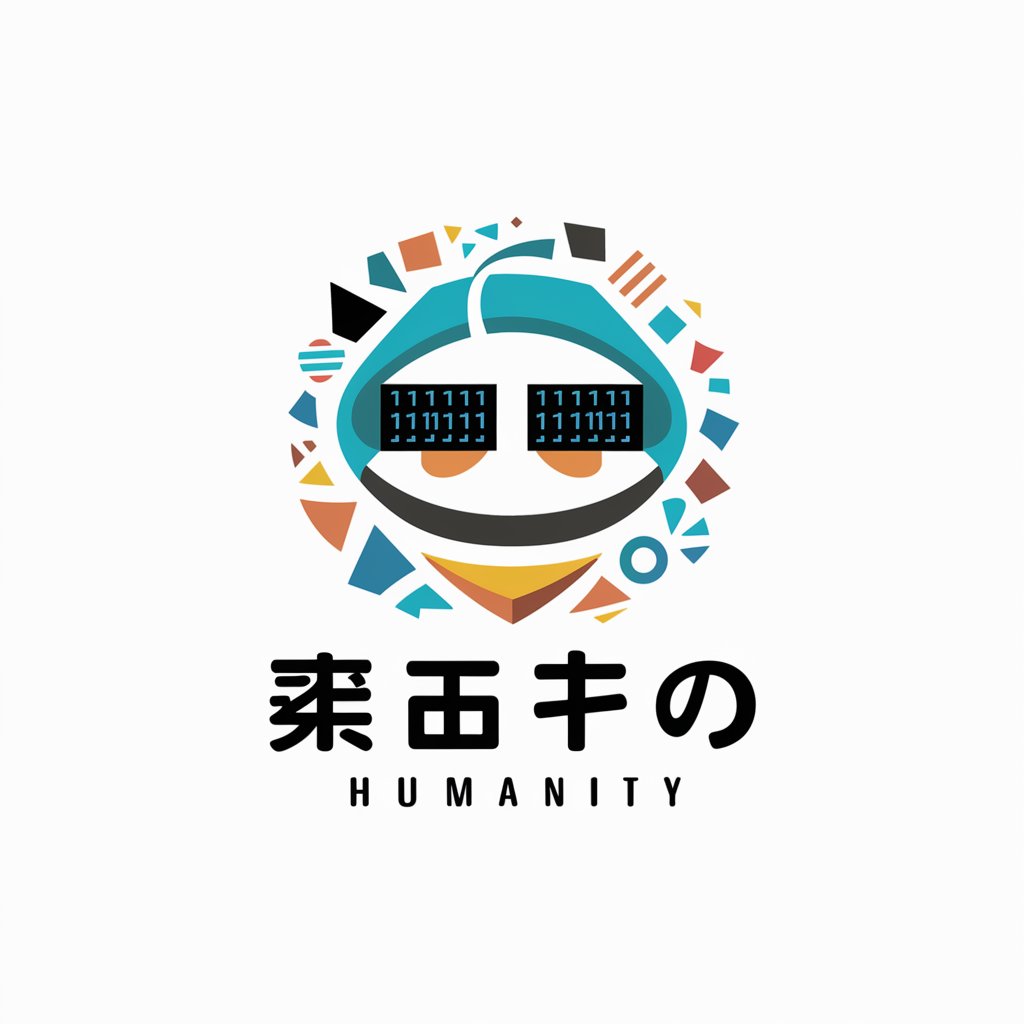
Global Quantum-Encrypted Communication Network
Encrypting Today with Quantum of Tomorrow

Brandsmith
Empower Your Brand with AI
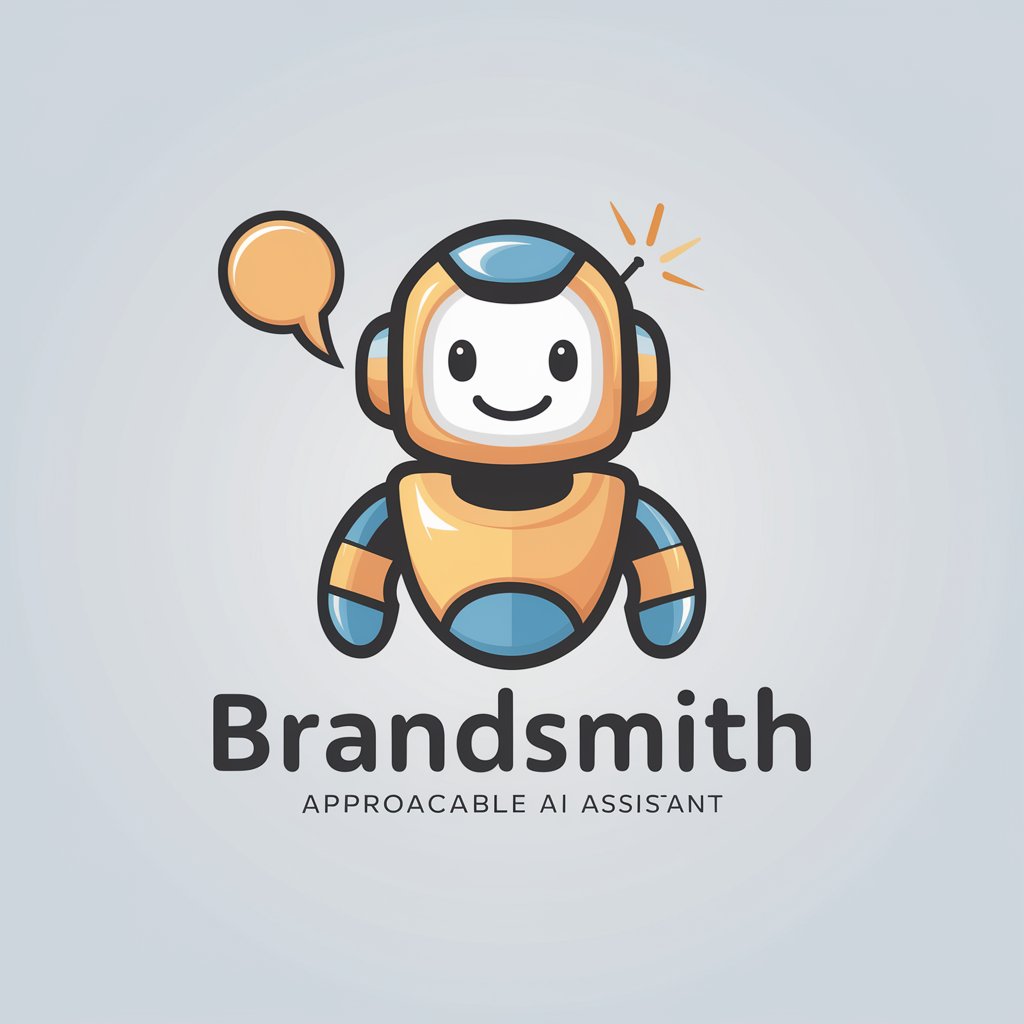
English Grammar Learning(小格助手-英文语法练习)v1.1-by 那睿
Master English Grammar with AI

Brand Architect: Strategy and Identity Builder
Crafting brands with AI precision
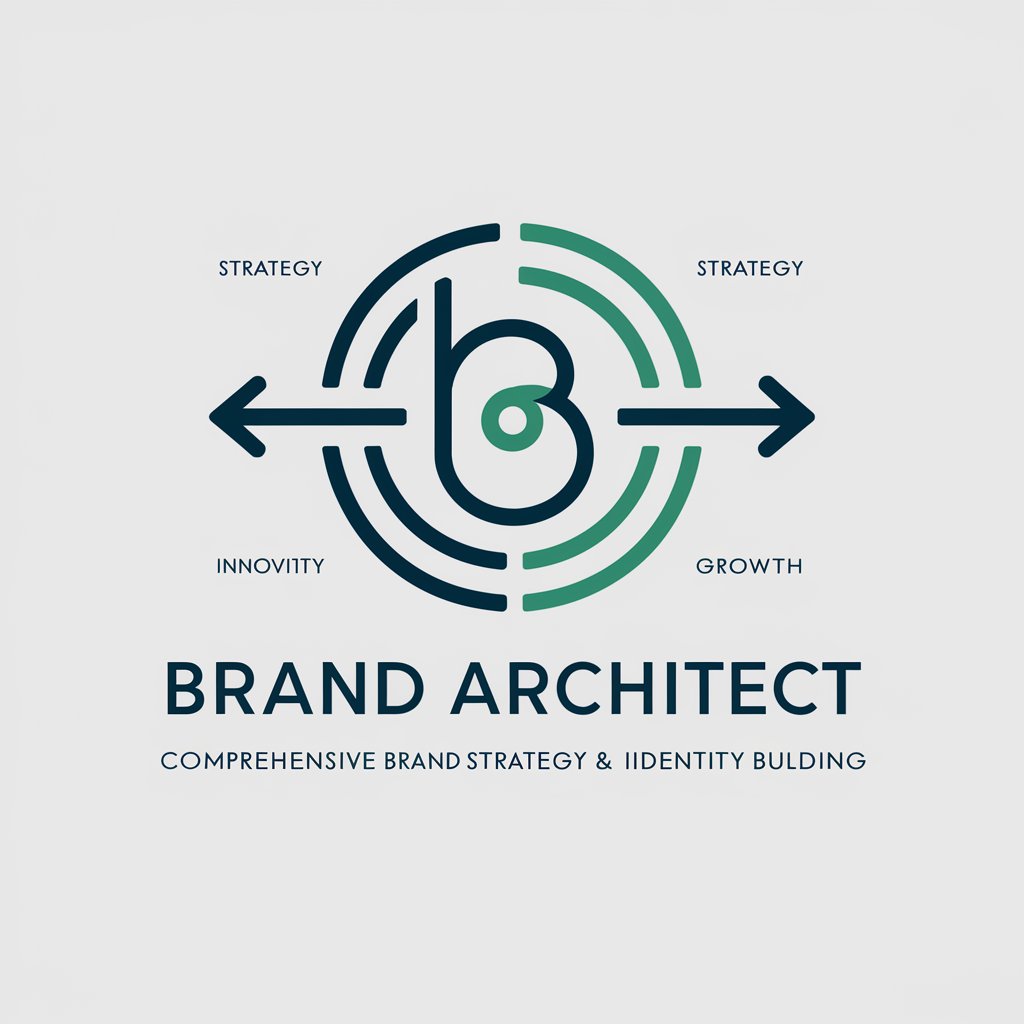
DigitalFootprint
Empowering Digital Learning with AI
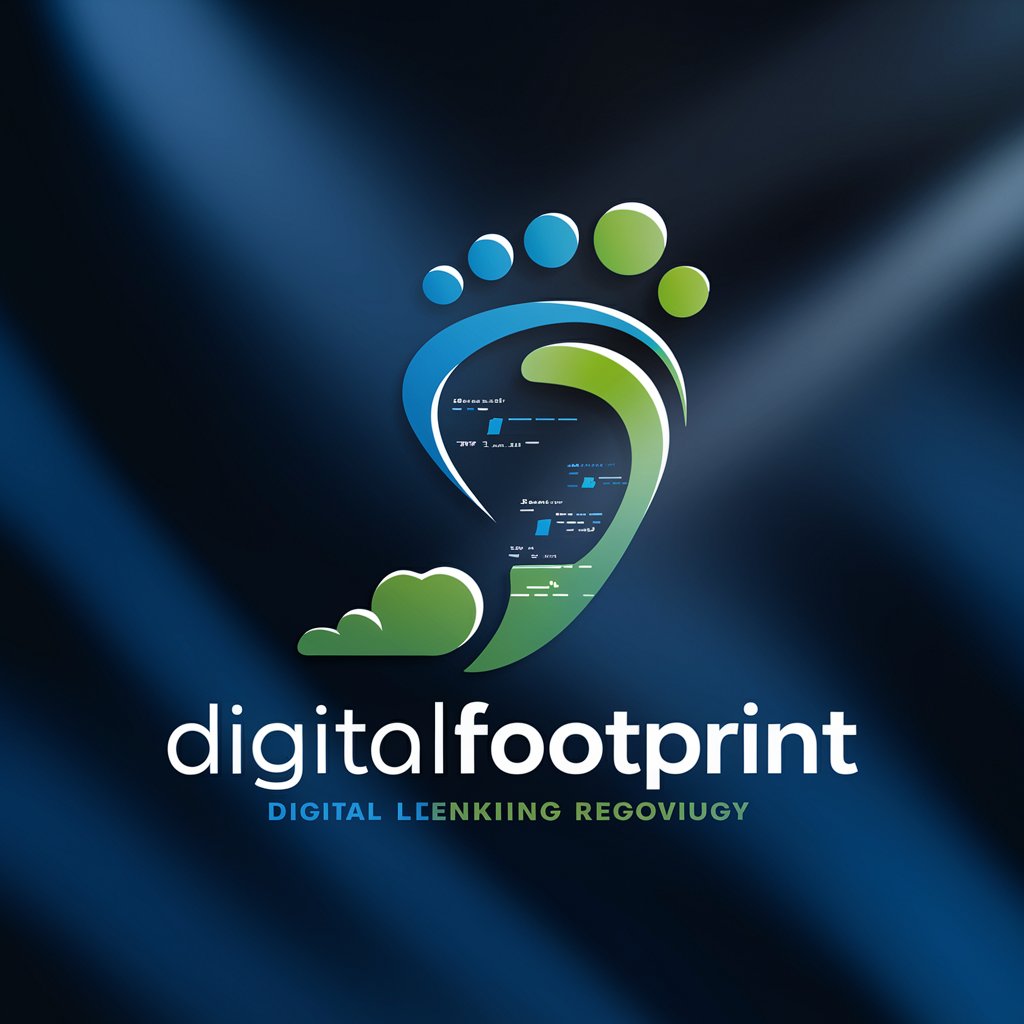
BD Prod
Craft Your Adventure with AI
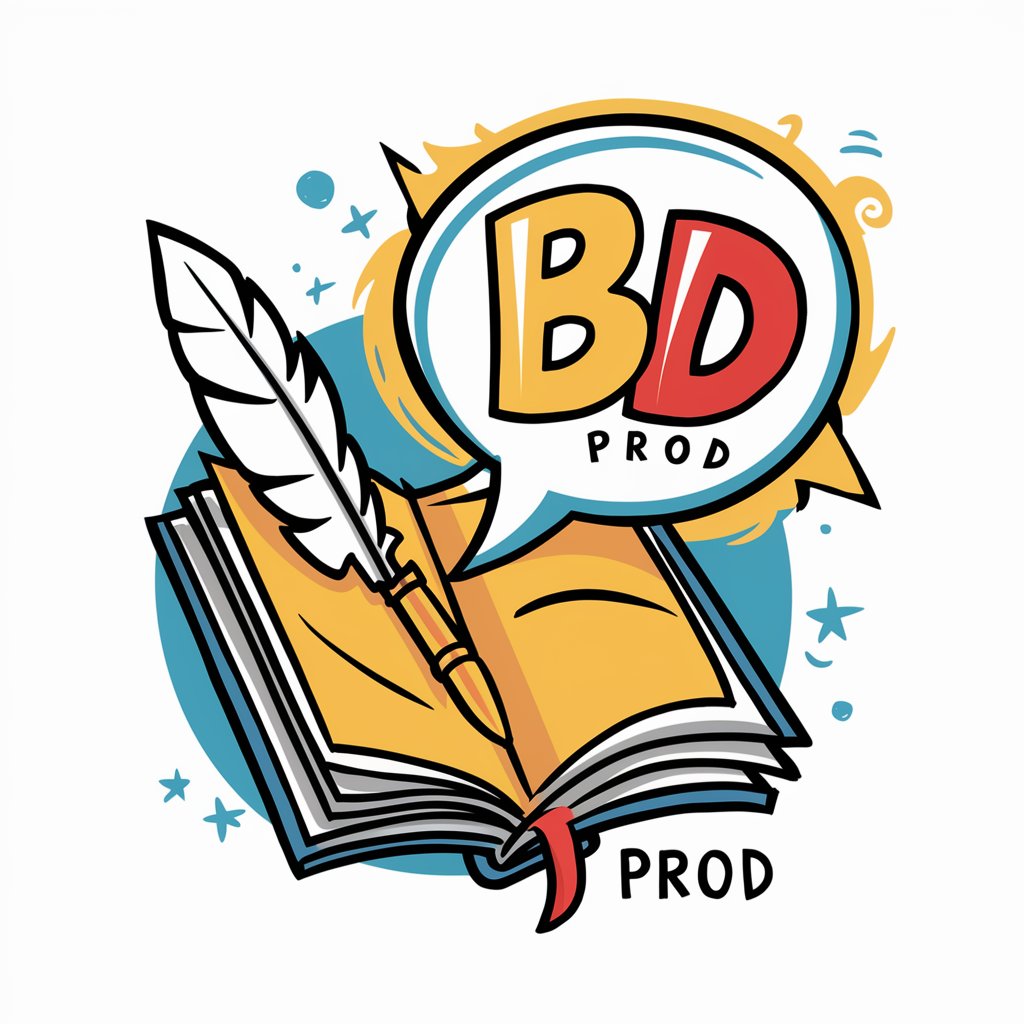
Detailed Q&A About GreenComp
What is GreenComp?
GreenComp is a reference framework developed to embed sustainability competences into education. It includes 12 competences organized into four areas aimed at preparing individuals to act thoughtfully for a sustainable future.
How can educators integrate GreenComp into their teaching?
Educators can integrate GreenComp by aligning its competences with existing curriculum objectives, developing interdisciplinary projects that encourage systems thinking and futures literacy, and utilizing it as a guide for evaluating student progress in sustainability education.
What are some specific competences in the GreenComp framework?
Specific competences include Systems Thinking, which helps learners view problems holistically; Futures Literacy, which prepares them to imagine sustainable futures; and Political Agency, which encourages them to engage in sustainability-focused political action.
How can GreenComp benefit organizations outside of traditional education settings?
Organizations can use GreenComp to train employees in sustainability practices, enhance corporate social responsibility strategies, and foster a culture of sustainability that aligns with global sustainability goals.
What challenges might one face when implementing GreenComp and how can they be overcome?
Challenges include resistance to change in educational and organizational cultures, and the complexity of integrating a new framework. These can be overcome by providing comprehensive training, demonstrating the benefits of sustainability education, and gradually integrating the competences into existing structures.
